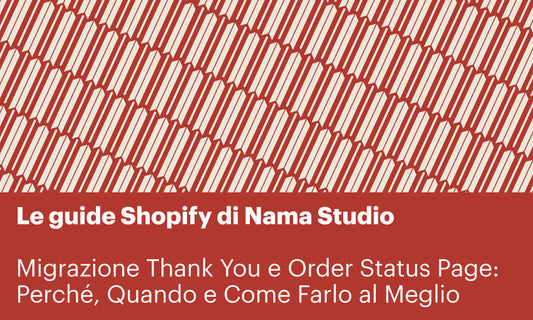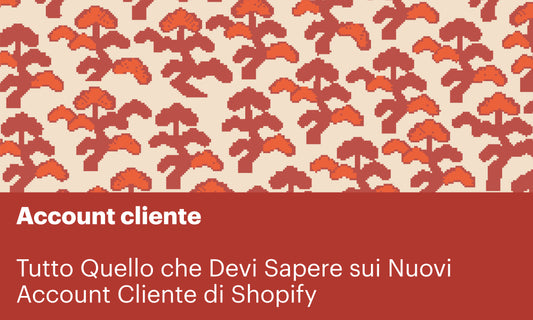LAC Milano is a brand that combines tradition, sustainable production and a mindful approach into a contemporary and refined artisanal product. We are happy to share our chat with Chiara Apperti, co-founder of the brand.
NAMA:
LAC Milano is a brand run by two women: Chiara Apperti e Lara Galli. Could you share your story with us? How did the project LAC Milano start?
LAC MILANO:
We were colleagues while working for the same brand: I (Chiara) was working in design and Lara in sales. We immediately liked each other and after some time, despite the long distance (Lara used to live in Morocco and now lives in Spain) we decided to start LAC. Our goal was to enter the market by selling products that were truly artisanal.
NAMA:
LAC stands for “Limited Artisanal Collections”: what role does craftsmanship play in your project? What are the challenges and opportunities connected with working with an artisanal product, and therefore with limited inventory?
LAC MILANO:
The name of the brand defines our whole concept. The idea was to cast new light on artistry and traditions, making craftsmanship a contemporary concept. At the same time craftsmanship is quite the opposite of industrial production, and has a way more sustainable approach. The limited quantities and the small imperfections that are naturally part of artisanal production are clearly a challenge for a business but at the same time they are the elements that give real value to our products.

NAMA:
You started from a very old tradition, recently rediscovered: the making of the “Friulane”, or more traditionally “Scarpez” - traditional footwear from the North-East of Italy. They are an example of a very ancient upcycle approach, where the soles of the shoes are made from old bicycle tires. Why did you choose this product and what role does sustainability play within your mission?
LAC MILANO:
We started from that product thanks to a trip we did together in Friuli looking for artisans that were still producing the Scarpez following the traditional approach. 90% of the friulane shoes is, unfortunately, produced in a semi-industrial way by using rubber and glue for their soles. The traditional Scarpez looked like a good symbol to start from, and the timing was lucky since they soon became really fashionable. Our goal is to explore new artisanal areas and products but unfortunately Covid has forced us to slow things down a bit. Sustainability is crucial in every choice we make: being a niche brand we can avoid compromising and we can stay true to our own guidelines and values.
NAMA:
LAC promotes a slow approach to fashion, made of artistry and tradition that result in unique pieces, one different from the other. At the same time LAC looks at an international market, communicating mainly in English and embodying a very contemporary, refined and sophisticated image. What is your main audience, and why do people usually get interested in your products? What role does Milano play in how LAC is perceived abroad?
LAC MILANO:
We decided to communicate in English from the very first moment, and to be very specific about the taste and aesthetic we wanted to be associated with. Two were the main reasons behind such a choice: on one hand we wanted to distinguish ourselves from our competitors, and at the same time we wanted to be recognized and appreciated by those that research carefully what they buy. Milano is simply the city where we live, nothing more.
NAMA:
One question we often ask is: where do you usually shop from? Is there any sustainable or ethical brand that you’d like to share with us?
LAC MILANO:
People that work in the fashion industry have often interesting approaches to shopping, from the enthusiastic fashionista to the inflexible minimalist. Who is knowledgeable about production processes and can understand the quality or origin of a piece has often a different vision in comparison to who buys driven by impulse or fashion trends. We tend to buy vintage and choose brands that have a similar philosophy to ours. More than mentioning a specific brand I’d like to encourage readers to pay close attention to what they buy, avoiding the easy allure of fast fashion or temporary trends.




